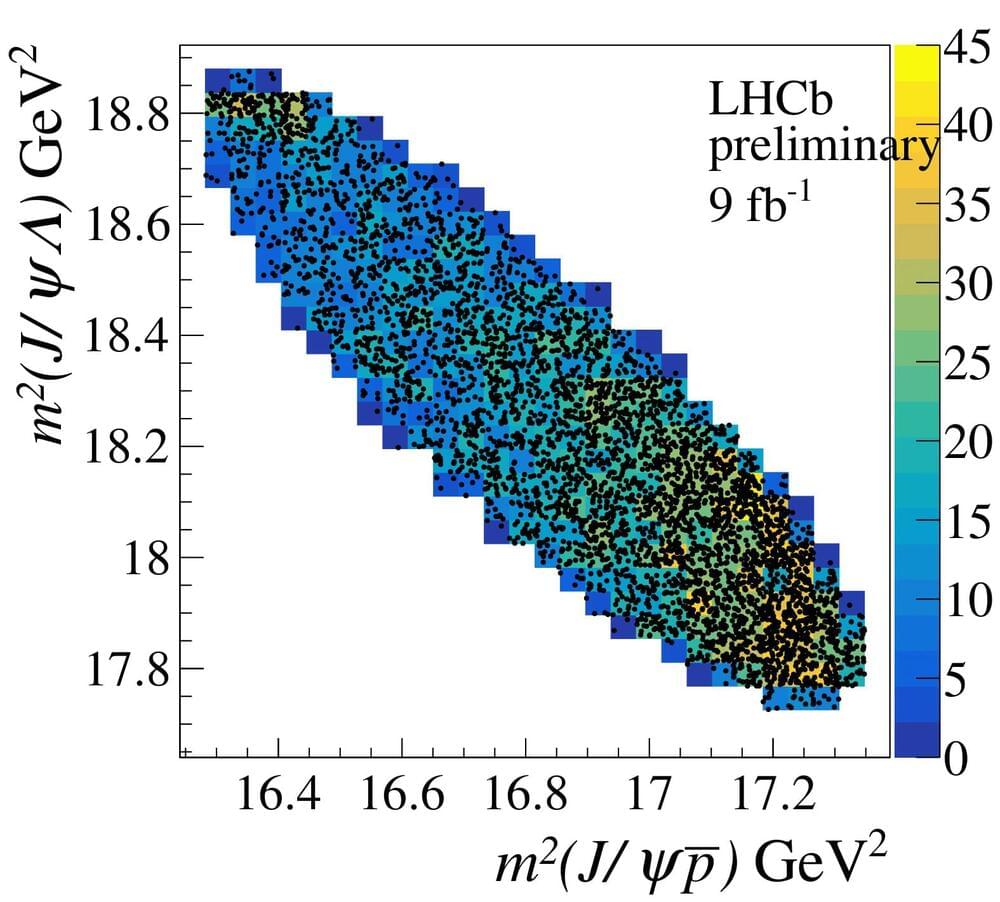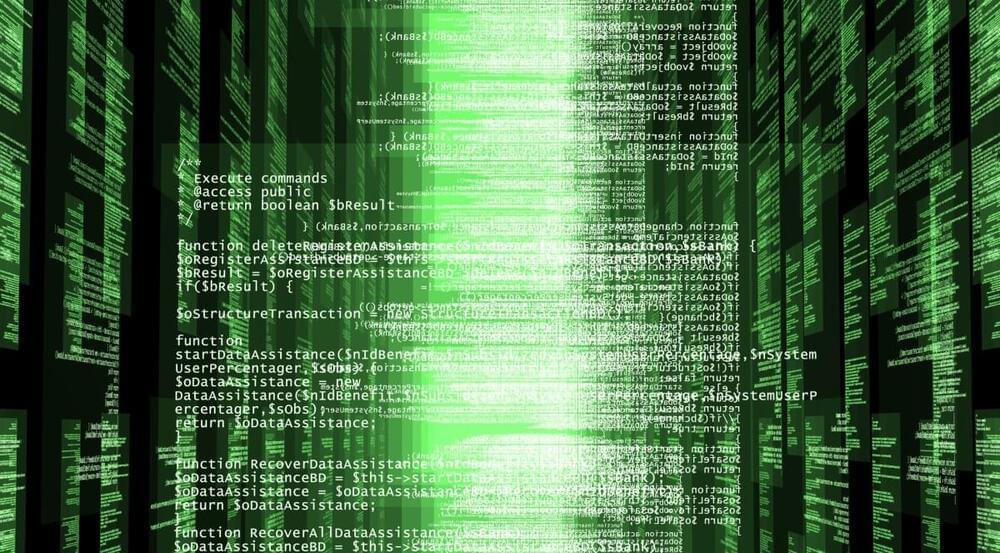A team of physicists at the University of Edinburgh’s School of Physics and Astronomy has used mathematical calculations to show that quantum communications across interstellar space should be possible. In their paper published in the journal Physical Review D, the group describes their calculations and also the possibility of extraterrestrial beings attempting to communicate with us using such signaling.
Over the past several years, scientists have been investigating the possibility of using quantum communications as a highly secure form of message transmission. Prior research has shown that it would be nearly impossible to intercept such messages without detection. In this new effort, the researchers wondered if similar types of communications might be possible across interstellar space. To find out, they used math that describes that movement of X-rays across a medium, such as those that travel between the stars. More specifically, they looked to see if their calculations could show the degree of decoherence that might occur during such a journey.
With quantum communications, engineers are faced with quantum particles that lose some or all of their unique characteristics as they interact with obstructions in their path—they have been found to be quite delicate, in fact. Such events are known as decoherence, and engineers working to build quantum networks have been devising ways to overcome the problem. Prior research has shown that the space between the stars is pretty clean. But is it clean enough for quantum communications? The math shows that it is. Space is so clean, in fact, that X-ray photons could travel hundreds of thousands of light years without becoming subject to decoherence—and that includes gravitational interference from astrophysical bodies. They noted in their work that optical and microwave bands would work equally well.








